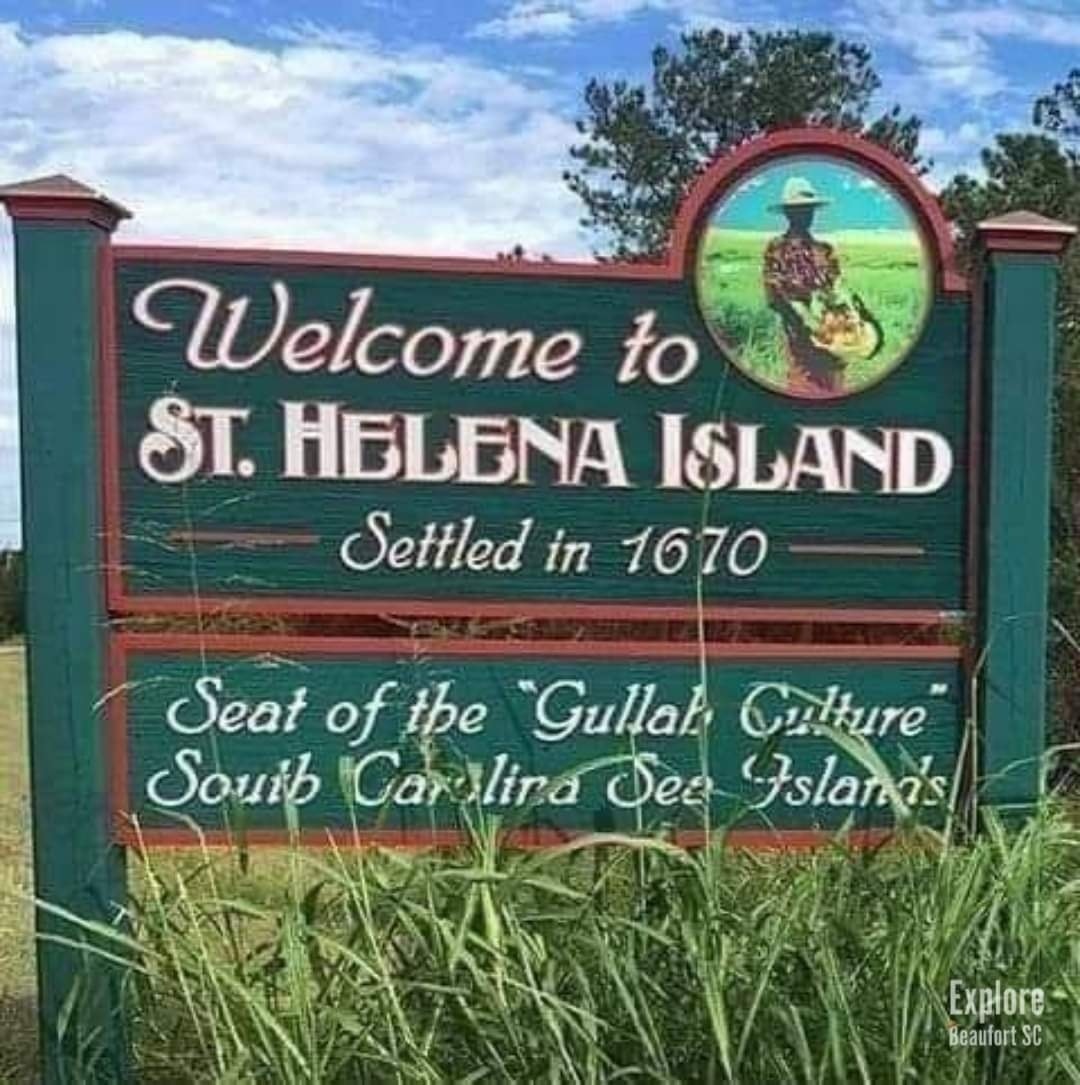Christmas is a world-wide tradition, yet in the Gullah Geechee community, the Gullah Christmas had year-long significance. The Christian belief and traditional focus of Christmas being founded in the celebration of Jesus Christ’s birth is also what the Gullah believe, however, for them, the holiday had a deeper meaning.
The sharing of gifts was a part of a Gullah Christmas celebration, but it was more spiritual and not as commercialized, as it is today. As a result of sea island isolation, it was understood that Santa Claus had a difficult time reaching the islands, but the opportunity to spend time together and the building excitement surrounding Gullah family members returning to the island was one of the true highlights of the holiday that they enjoyed. Christmas was a week-long celebration that included the entire family’s involvement all year.
Preparations for Christmas began in the spring, when turkeys would lay their eggs. It was the children’s responsibility to nurture and care for the hatch lings, so that they were ready to be sold off island in the fall. Caring for the turkeys was a great motivation for them to ensure that every single one was counted for, fed and plump enough for sale at the market. Selling Christmas turkeys was an important financial source of income for the family, because not only did it provide money for the family, it also ensured that Christmas toys were coming for the children.
 As a farming community, from the spring into the summer, each crop had its purpose. In the spring, fruits like blackberries, mulberries and plums were harvested so that they could be prepared to be pressed into wine for Christmas dinner. Preserving summer fruits like peaches, sugar figs and pears for dessert, okra, tomatoes, and other vegetables, as well as fish for the Christmas dinner was also an important part of the preparation for the holiday. Other vegetables were also prepared, including corn, which was picked and ground into grits for meals throughout the winter months. The fall harvest brought forth the ripening of pecans, walnuts and wild chinquapins which were in abundance and to be made into pies.
As a farming community, from the spring into the summer, each crop had its purpose. In the spring, fruits like blackberries, mulberries and plums were harvested so that they could be prepared to be pressed into wine for Christmas dinner. Preserving summer fruits like peaches, sugar figs and pears for dessert, okra, tomatoes, and other vegetables, as well as fish for the Christmas dinner was also an important part of the preparation for the holiday. Other vegetables were also prepared, including corn, which was picked and ground into grits for meals throughout the winter months. The fall harvest brought forth the ripening of pecans, walnuts and wild chinquapins which were in abundance and to be made into pies.
The coming Christmas was considered an important time to show and be your best, so any sprucing up that needed to be done around the house was done in the fall. Having enough firewood chopped and stacked for the stove so that it was ready for all of the week’s cooking of freshly caught fish, pork, raccoon, rabbit and turkey.
By the time that Christmas Eve arrived, neighborhood by neighborhood, Gullah families would come together and enjoy worship services at the local Praise House. Spending time in worship and celebration was the most important part of the holiday. Gift giving, especially for the children was included, but not the reason for the holiday. Santa didn’t have reindeer that left Savannah, but the Waldorf, River Queen, Wish Away, Rome, Alligator, Vernon, and the Edgar Hurst were the names of the boats that delivered toys, gifts and goods from the mainland were always an exciting sight, because they brought the presents that went under Christmas trees decorated with pine cones, Spanish Moss and holly bushes.
Throughout Christmas week, a breakfast of shrimp and grits gave everyone a hearty start to the day, which involved all of the families visiting each other while exchanging gifts or serving meals and fresh fruits. On Hilton Head island, in particular, the annual Christmas Day marsh tacky horse race down Marshland Road was always a favorite island tradition.
The Sea Island Gullah Christmas was a community wide celebration that not only brought families together, but it was an opportunity to sing spirituals, swap stories and folk tales. The Gullah Christmas was more than a single holiday, it was a way of life rooted in faith, love and family.
Article originally written by Luana M. Graves Sellars and published by LowcountryGullah.com. Used with permission. For more information on Gullah history, culture and the Gullah Geechie Heritage Corridor, visit Lowcountry Gullah here.










